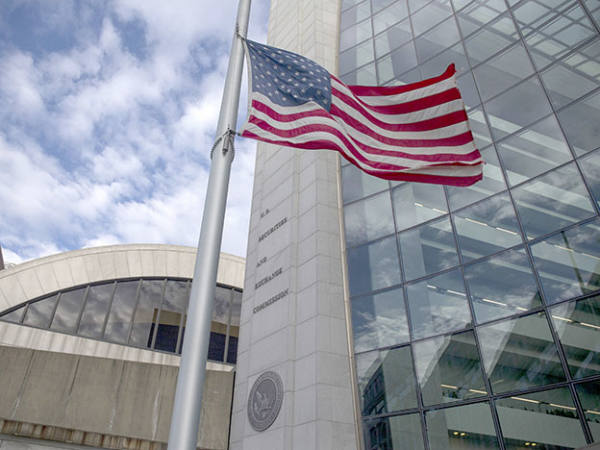Opening losses across UK bank shares averaged more than 2 per cent as investors took fright at news another US regional bank, First Republic (US:FRC), suffered deposit outflows of $100bn (£80bn) in the last quarter.
The news comes only weeks after the collapse of Silicon Valley Bank and prompted investors to dump First Republic shares in after-hours trading – writing 22 per cent off its market cap. The outflow represents 41 per cent of First Republic’s total deposit base.
Investors likely took fright at First Republic’s latest results which showed several key balance sheet measures being clearly out of sync. The key CET1 ratio, which measures the amount of readily available high capital to offset losses in its risk-weighted capital, dipped below the psychologically crucial 10 per cent mark to 9.32 per cent. Most larger banks in Europe and the US have CET1 ratios of 13 per cent or more.
At the same time, the bank significiantly increased its loan book; the quarterly results showed loan growth of 22 per cent to $173bn, while matching deposits fell by 35.5 per cent to $104bn on a year-on-year basis. The implication is that First Republic was using short-term money to plug this funding gap at a time of rising interest rates. This theory was borne out by the bank’s net interest margin tumbling to 1.77 per cent from 2.45 per cent, because of the impact of higher short-term borrowing costs.
Management’s response so far has been to cut both costs and the dividend to free up capital. It now plans to cut up to 25 per cent of its workforce. However, markets will ponder whether this will be enough to restore confidence. The bank still has unused facilities with Federal lenders.
First Republic’s woes come at a time when larger US banks have slowed down lending or have exited parts of the US mortgage market.
Main Street giant Wells Fargo (US: WFC) announced it was reducing its mortgage loan exposure, with tangible results. Quarter-to-quarter, mortgage volumes at the giant lender fell by 55 per cent, while it is exiting the underwriting and onward sale of mortgages (securitisation by another name) to other lenders altogether.
This may have created pressure on secondary banks to pick up the slack as potential borrowers traded down.











